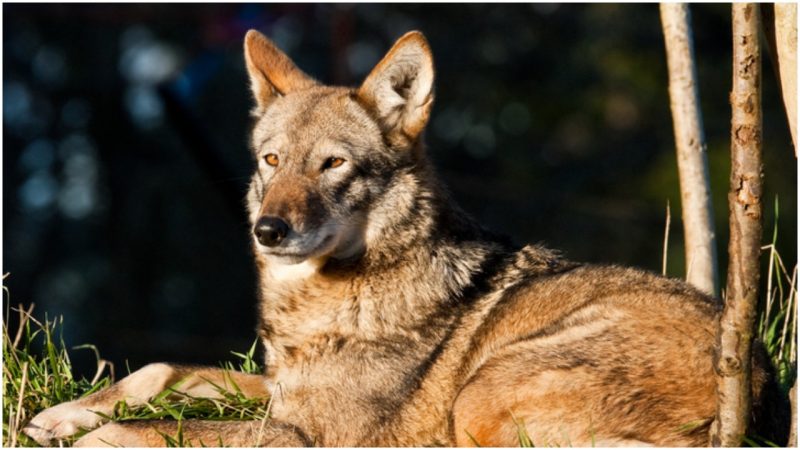The Red Wolf is a canine species native to the Southwestern United States. It was declared extinct in the wild in 1980. Extinction came from many causes, ranging from loss of habitat from human expansion, to over hunting by humans to protect livestock.
In an attempt to revive some of the genetic characteristics that were disappearing due to the breeding programs used by conservationists, several groups of captive wolves were reintroduced into the wild.
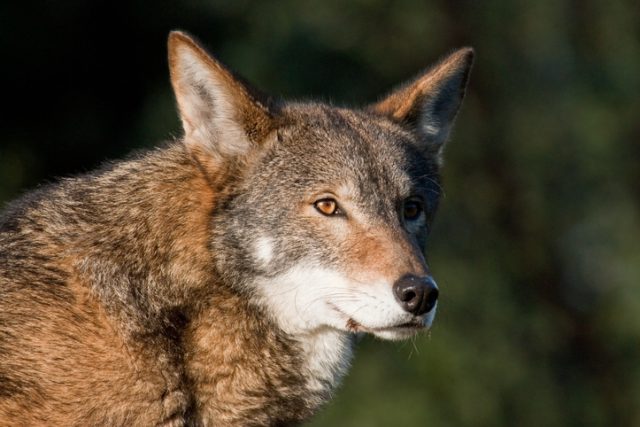
Genetic traits can be lost when animals are bred in captivity due to the lack of pressure from the environment, which leads to an increase in genetic drift.
Many within the scientific and conservationist communities believed that the reintroduced populations were the only groups that survived in the wild. In 2007, it was thought that there were roughly 300 red wolves in the world, with 207 of those in captivity.
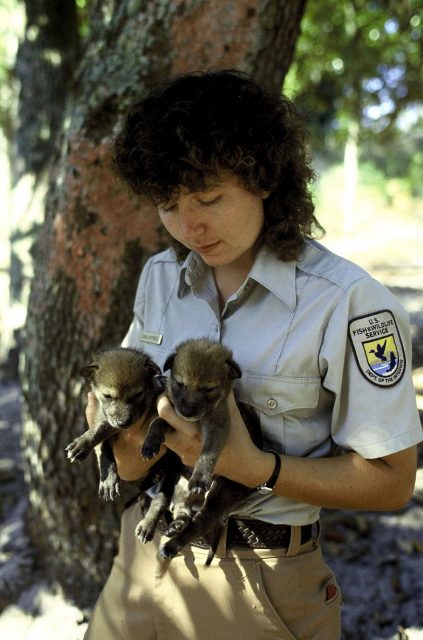
In January of 2019, this number was estimated to be around 40 in the wild, and limits were placed upon hunting of coyotes at night because red wolves can be mistaken for coyotes.
It turns out that the genetic traits which appear in red wolves haven’t totally died out in the wild, however. Completely by chance, it was found that the red wolf wasn’t the only species that had certain genetic traits.
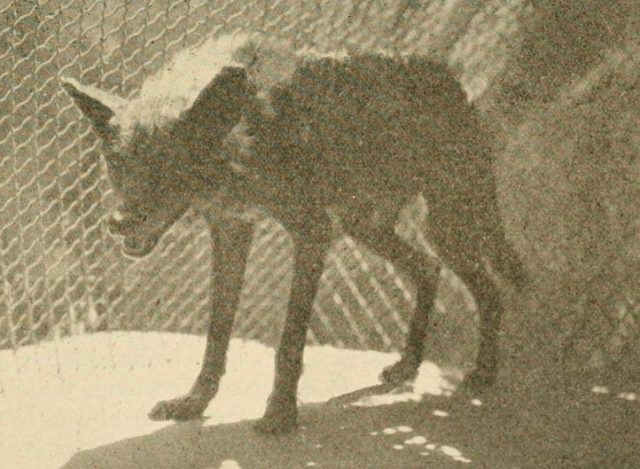
Ron Wooten, a field biologist in Galveston, Texas contacted researchers at Princeton University to bring their attention to wild dogs he had observed to exhibit some of the traits of red wolves.
Wooten had been studying the wild dogs from afar and had noted that the population had subtle differences from the standard coyotes in the area.
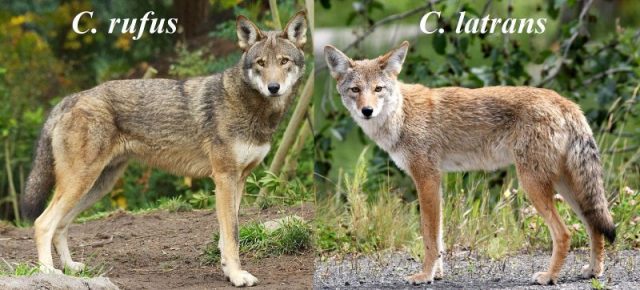
These differences piqued Wooten’s interest, and he decided to take samples from two members of the wild dog population which had been hit by vehicles. Wooten then emailed the team at Princeton, letting them know that he had DNA samples for them to examine.
The team agreed, and two samples were sent to the lab. Elizabeth Heppenheimer, a graduate student working at Princeton, said that somehow what arrived was one sample and the scalpel used to get the sample, still uncleaned. This was a first for them, as among their massive collection of samples from coyotes and wolves, the team had never received a scalpel before.
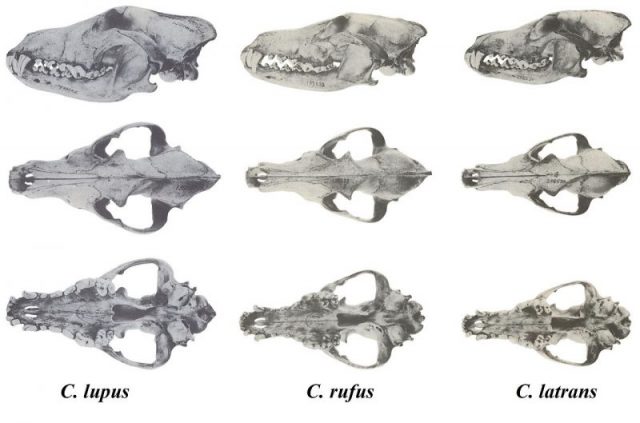
After taking the samples of DNA, the team compared the DNA to many different types of canines throughout the Southeastern United States. After careful comparisons, they found that the genetics of this species of wild dogs was very closely related to red wolves that were being kept in captivity.
The comparison wasn’t identical, however, and the team stated that the wild dogs did have sections of their genetic code which matched parts of coyote DNA.
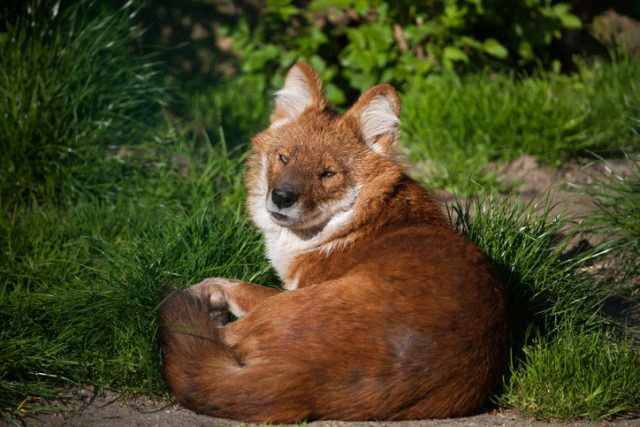
The truly fascinating thing about this discovery is that many traits which had practically disappeared in the captive population of wolves were thriving out in the wild among this population of wild dogs.
For conservationists who were worried that these traits would die out, there would be another moment of good news. This discovery was mirrored by one in Louisiana where another group of canines was found with similar traits.
Reported by AP, Ron Sutherland, a conservation scientist with Wildlands Network, said “the Galveston canines have effectively quashed a decades-old impression that red wolves were a feckless predator overwhelmed by the numerical superiority of coyotes.”
Sutherland also talked about how this was a unique form of canine that needed to be protected by conservationists and wildlife agencies.
Read another story from us: Extinct Predator Cave Lions Could be Brought Back to Life
Because of several instances where traits of endangered species have turned up in hybrid animals, many scientists and conservationists have come around to the idea that pure genetic lines are no longer a priority, as hybrid genetics are allowing traits to be continued in the wild.
